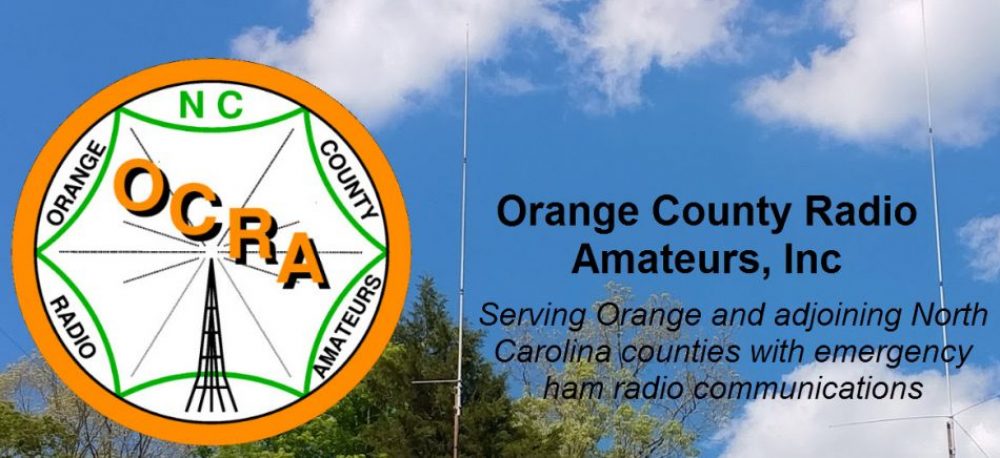By Aurora, KN4VXB
Next Meeting Agenda:
- 30 minutes – Discuss projects
- 1hr Work on projects virtually together – Come with ideas and supplies for your projects.
See you next month,
Aurora, KN4VXB
——————————————————————————————————————-
Ham PiE Meeting 1 Notes – 22 Aug 2020
Agenda
- Introducing ourselves and discussing interests
- Pick a group name (A couple of folks have lobbied for a more inclusive name, as we are not just working with Raspberry Pi)
- Everyone declare a project that they will start working on next month
Attendees and Interests:
- Aurora, KN4VXB – arduino-based fox hunt transmitters, satellite antenna trackers, raspberry pi APRS igate, raspberry pi wspr, high-altitude balloon transmitters, someday TARPN – 1st project Arduino fox transmitter
- Tadd, KA2DEW – raspberry pi based radio chat relay network – TARPN – 1st project TBD
- Dan, KR4UB – interested in Mark’s raspberry pi Zoom conference to radio remote key – 1st project – tinker with Raspberry pi on remote keyer
- Mark, KR3AM – made pi remote ptt, want to make boxes with physical switches to talk via remote switch that work over wifi, interested in home automation and ventilation, digital modes – 1st project get PTT parts, home automation
- Sherri, WB4OSU – interest in software and learning hardware, use pi for logging software, wants a portable digital mode setup – 1st project – troubleshoot wifi on pi and laptop, put a power button on raspberry pi, get Pi4
- Charles, KN4PTU – digital audio conversion, raspberry pi based digital mode radio, TARPN – 1st project – get sound card working for raspberry pi to HF portable
- Keith, W1KES – TARPN node, virtual node control for digital modes, mobile digital station – 1st project – add to TARPN node
- Chuck, KW4KZ – interested in everything!, experience with arduino and raspberry pi, trying to use pi in place of computer, TARPN, home automation – 1st project – get raspberry pi programs working with node red and user interface
- Boyd, KO4GJO – wants to learn more about raspberry pi, interested in digital modes, digital logging programs, Leonardo board code oscillator/Morse decoder – K04GJO First Project – Finish antenna
Links from chat:
- From Charles, KN4PTU to Everyone: 01:59 PM www.hifiberry.com
- From Mark, KR3AM Sidell to Everyone: 02:00 PM yeah, the 12v power hat is great. Where’d you get that?
- From Charles, KN4PTU Everyone: 02:09 PM Link to the web site for using a Raspberry Pi as Digital modes field server. http://oh8stn.org/off-grid-raspberry-pi/
Pi Hat, 12v to 5v https://bc-robotics.com/shop/raspberry-pi-power-rtc-hat/ - From Mark, KR3AM to Everyone: 02:32 PM https://www.amazon.com/gp/product/B07XPHWPR/ref=ppx_yo_dt_b_search_asin_title?ie=UTF8&psc=1
- From Sherri Rapp, WB4OSU to Everyone: 02:37 PM I finally found the HamPi link
https://qrznow.com/hampi-ham-radio-software-for-raspberry-pi-from-w3djs/
Name Possibilities (1’s indicate votes):
- Ham PiE- 11111 – Winner! – Ham Pi Experimenters
- HamPuter – 1
- HamBoard – 1
- Pi and General Linking Electronics with Transceivers (PiGLET) -111
- Small Computer Radio Amateur Makers (SCRAM) -11
- Pico Computer Amateur Radio Experimenter Society (PiCARES) –
- Small Computer Amateur Radio Experimenters (SCARE) –
- Radio Amateur Small Computer Advancement League (RASCAL) – 111
- Small Computer Radio Amateur Project group (SCRAP group) – 11
- Digital Radio Operators Durham Raleigh Orange (DRODRO) –
- The PiPy gang (a play on PI (raspberry), and PY (python)) – OCRA Pi – 111
